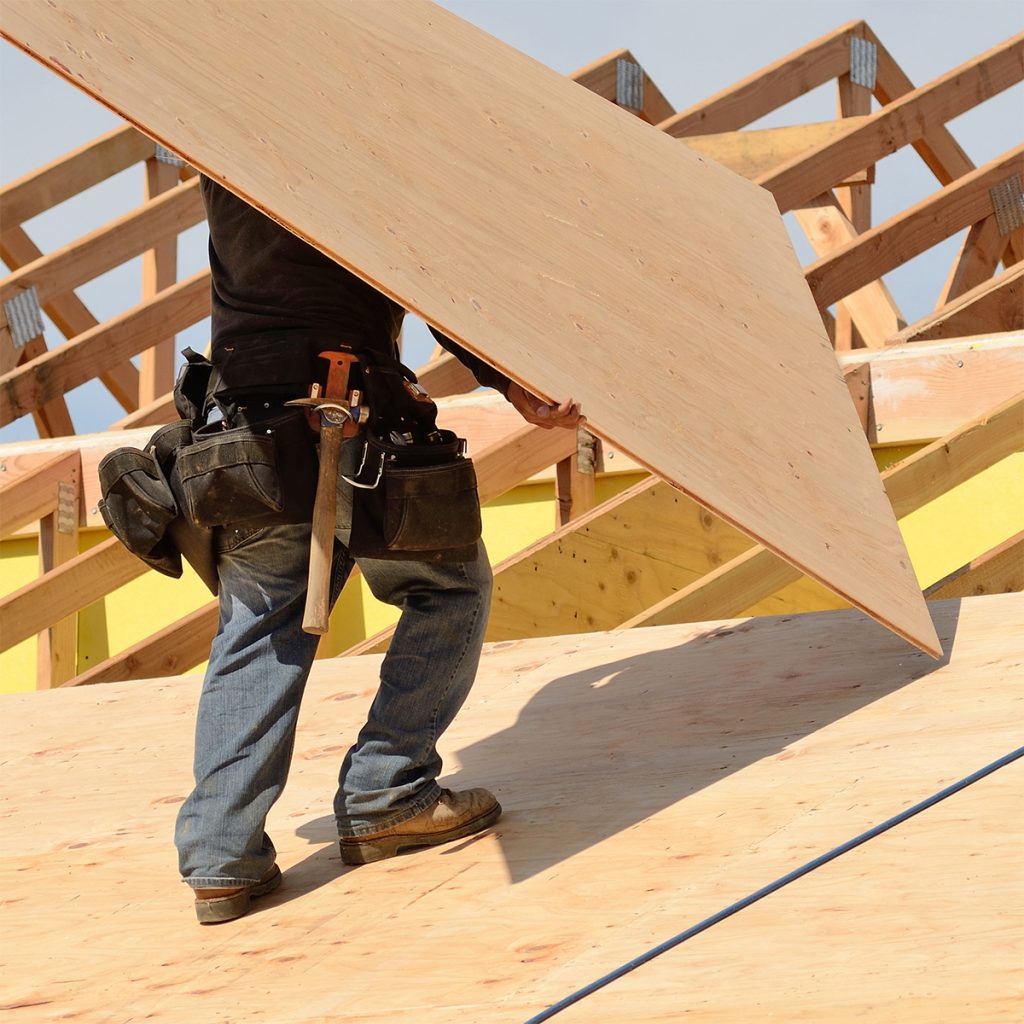
What You Need to Know About Pressure-Treated Plywood
How to Choose the Right Pressure-Treated Plywood for Your Construction Project
Although a relatively simple product, plywood is a versatile material that is used for a variety of purposes in construction. From framing to sheathing, flooring, roofing, and even light partitions, walls, and siding, this type of engineered wood is made from three or more thin layers of wood bonded together. It is a durable material and an economic choice for a variety of projects.
To further increase the strength and longevity of plywood, manufacturers like Culpeper put it through a pressure treatment process. This enhances its resistance to rot, decay, and insect damage, which makes it suitable for outdoor applications.
Here’s what you need to know about pressure-treated plywood.
Pressure-Treated Plywood Uses and Applications
Pressure-treated plywood is commonly used in subflooring and single-layer flooring for its ability to withstand potentially damp conditions. This makes it an ideal choice for areas below kitchens and bathrooms. In addition to flooring, pressure-treated plywood is frequently used in wall and roof sheathing, providing strength and stability for residential, multifamily, and commercial structures. The pressure treatment process is crucial for any situation where water may infiltrate the building envelope, which is why it is commonly used as a substrate for roof shingles or exterior siding.
Beyond applications where plywood is hidden within the structure, it can be used as a decorative, protective element on a building exterior. In fact, a popular option for pressure-treated plywood siding is Culpeper’s T1-11 siding. Featuring evenly spaced channels, T1-11 is often selected by builders and contractors for barns, sheds, and other rural buildings, combining weather resistance with an aesthetic finish.
Additionally, pressure-treated plywood is widely used in concrete forming, which involves creating molds or frames for custom shapes. The end product is a hardened concrete structure, such as those needed for foundations, slabs, or walls. In these instances, builders will often use either 1/2-inch pressure-treated plywood, 5/8-inch pressure-treated plywood, 3/4-inch pressure-treated plywood, or 1-inch pressure-treated plywood. Other practical uses include the construction of pallets and industrial containers, where plywood’s durability is essential for holding strong under heavy loads.
For projects requiring fire protection, Culpeper offers fire retardant-treated plywood. This option is ideal for areas where occupant safety is of utmost concern, such as multifamily structures, commercial buildings, and warehouses. Culpeper offers an independently tested, warrantied, and cost-effective fire-retardant plywood that is infused with a proven preservative formulation based on the American Wood Protection Association P50 Standard for Fire Retardants.
Choosing the Right Pressure-Treated Plywood for Your Project
When selecting pressure-treated plywood for your construction project, it is important to consider the specific requirements of the job. Different applications may require varying thicknesses, grades, and preservative or treatment types. For example, in areas where moisture resistance is a priority, such as subflooring or exterior sheathing, thicker options (3/4-inch or 5/8-inch pressure-treated plywood) are often recommended for a boost in sturdiness.
Builders also need to account for conditions where plywood will be exposed to the elements. In outdoor applications, pressure-treated plywood with a higher level of treatment will better resist decay, rot, and insect damage. For example, plywood used for concrete forming or other near-ground locations must be treated with a preservative such as MicroPro (MCA). This type of treatment is typically necessary for anything six inches from the ground or lower. However, plywood may be treated with this preservative regardless of proximity to the ground. MicroPro is a well-established treatment used for interior and exterior above ground, ground contact, and fresh water immersion.
Do you need pressure-treated plywood for an upcoming project? A knowledgeable Culpeper representative can help you determine which thickness and treatment is right for you.